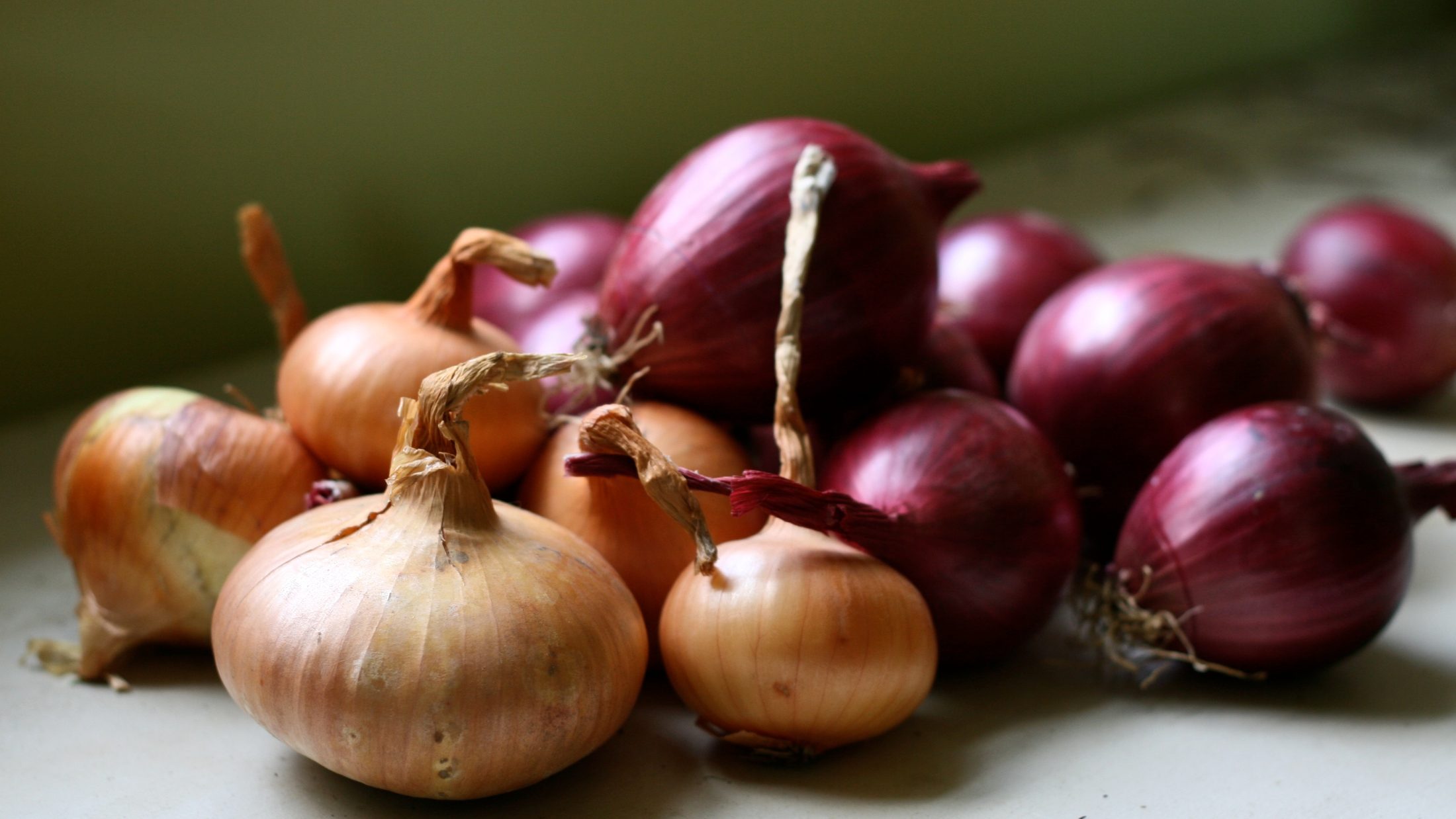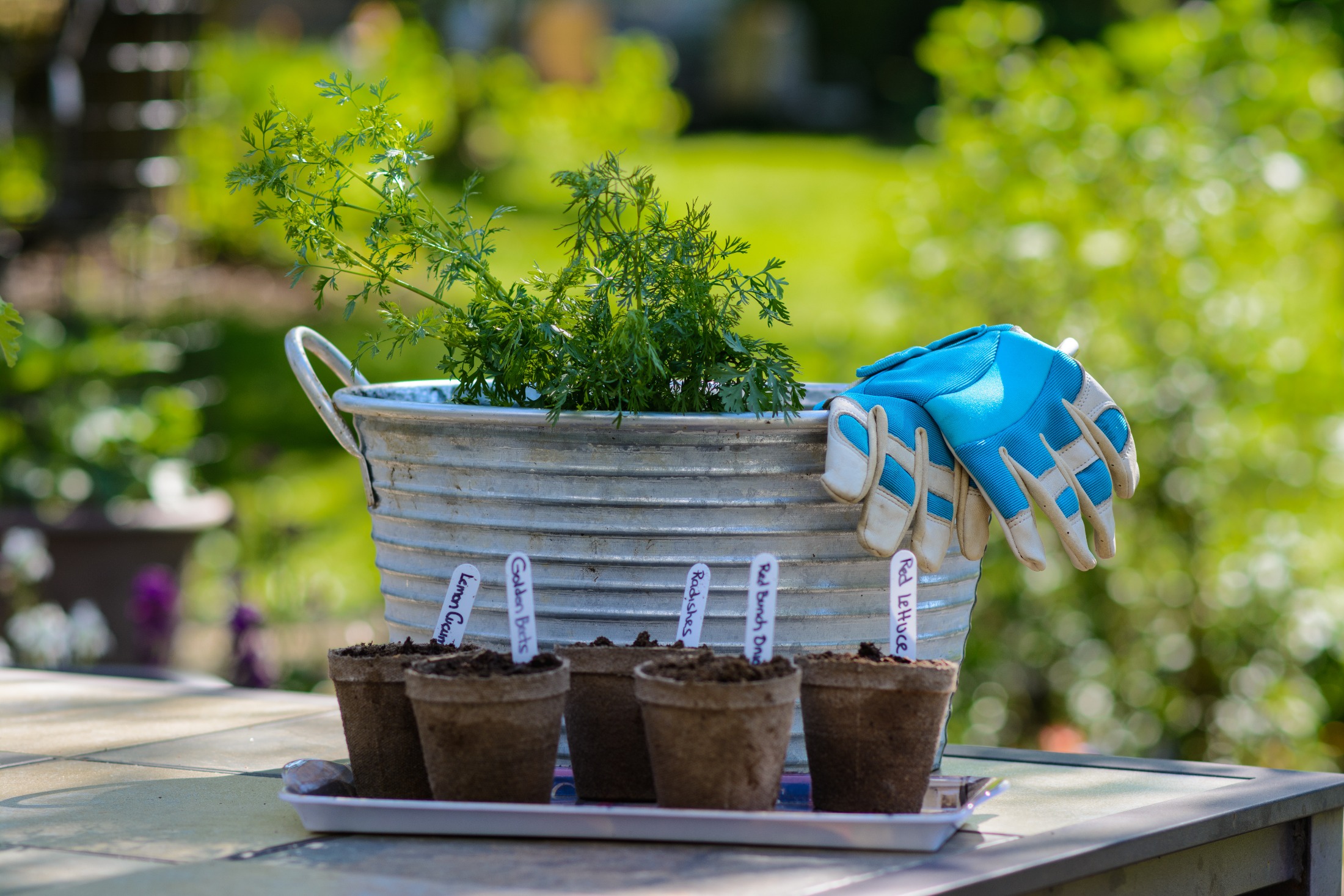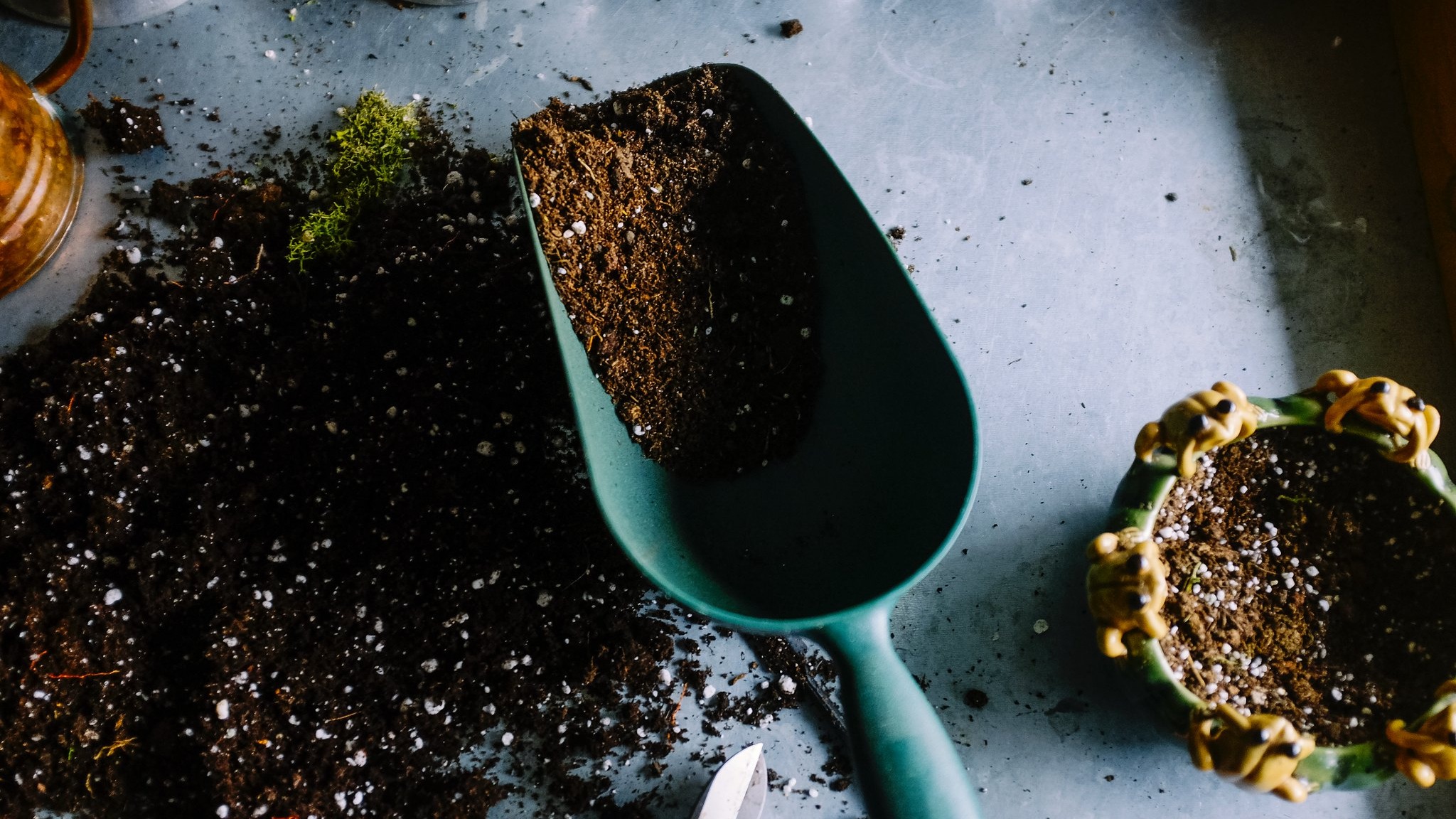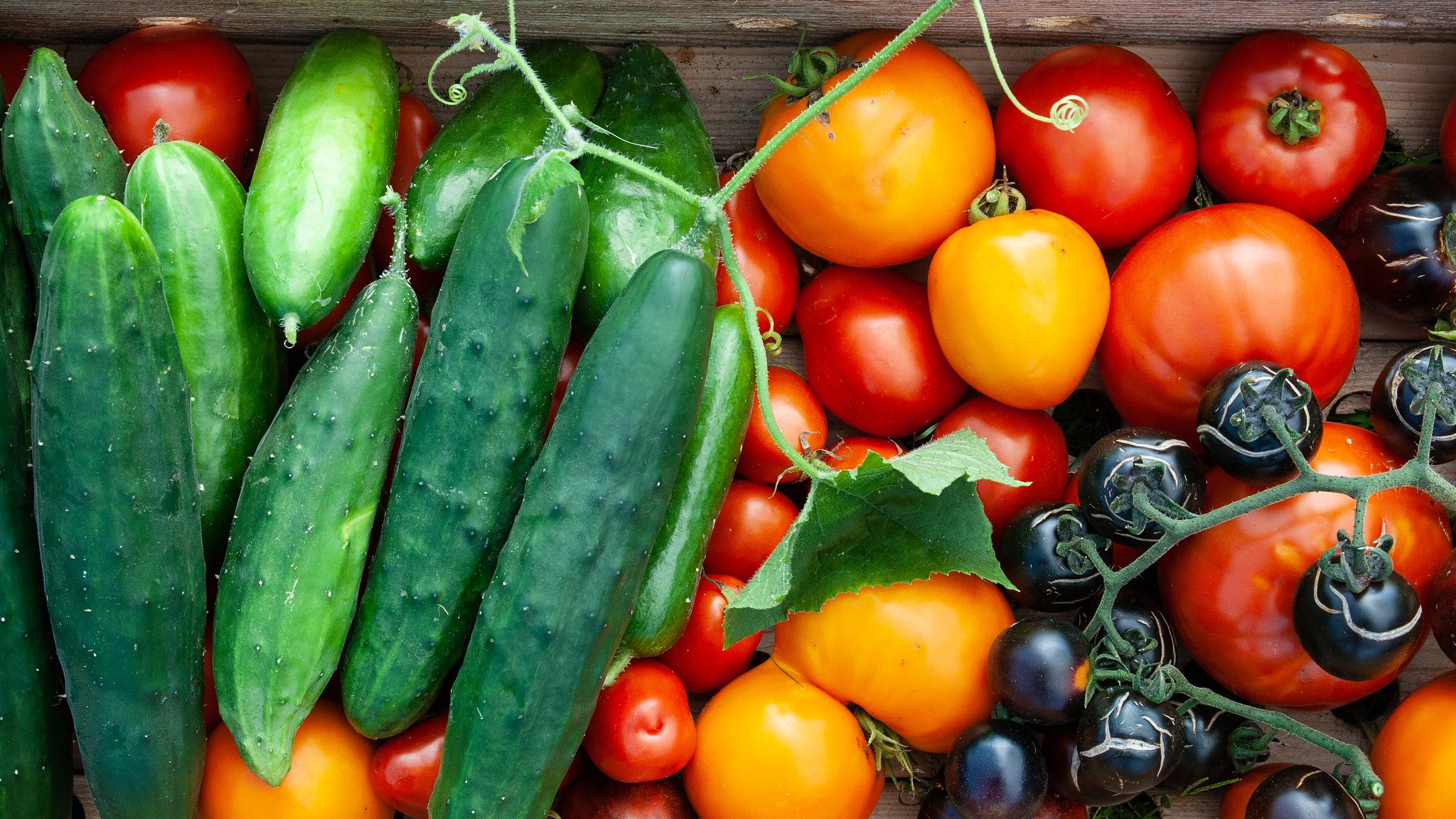With shortages of items from toilet paper and hand sanitizer to eggs and baking ingredients during the pandemic, it’s not surprising there are concerns about food security.
The UN’s Food and Agriculture Organization warns that shutdowns and border closures could affect the availability of foods like fresh produce—so what better time to grow your own, especially if you’re home every day?
In addition to the eventual harvest, another benefit is that gardening of any kind improves physical and psychological health (even more than comfort baking). I’ve been gardening for more than 30 years, completed the master gardeners program, and have grown everything from beans to begonias, though these days I tend to focus on hydrangeas, herbs, and the odd tomato plant. Growing vegetables can be challenging but rewarding—and bountiful, if you can get the hang of it.
So here are some tips to get you started:
First, pick your spot.
Vegetables, fruits, and herbs need at least eight hours of sun each day. They also need water, so look for a location with access to a convenient supply.
Then there’s the soil, which should be free of weeds, well drained, and easily worked. This year’s dry spring makes it easier to get outside to pull weeds before they establish deep roots.
Soil texture varies greatly across the Lower Mainland, from sandy, which drains quickly, to clay, which doesn’t. The ideal is loam, a mix of sand, silt, and clay. Local soil also tends to be acidic. Most vegetables prefer a pH around 6.0 to 7.0.—a soil test kit will indicate both pH and nutrient levels. Adding well-rotted compost or manure improves soil structure and fertility, and a quick-release 10-10-10 fertilizer will get plants off to a good start.
Raised beds or containers allow you to control what sort of soil you have. Local companies such as MyGardenBag and BigYellowBag deliver soil, mushroom manure, and mulch by the cubic yard in returnable bags around the Lower Mainland, while others truck it to you loose. If buying it at a garden centre, choose potting soil, not topsoil—and before going, check to see if the place is open to shoppers or is taking orders by phone or online for pickup in the parking lot.

Photo by Chiot’s Run/Flickr Creative Commons.
Now the fun part: what to plant.
Things you like to eat are the obvious choice. Available space is another factor.
West Coast Seeds has tips on how to grow various vegetables and herbs, plus useful charts indicating when to start seeds indoors, sow outdoors, and transplant from indoors to the garden. Now is a good time to plant cool-season vegetables such as arugula, beets, broccoli, cabbage, carrots, cauliflower, celery, chard, lettuce, onions, peas, potatoes, radishes, and spinach.
A quicker option is buying young plants from a garden centre. Sunset‘s Western Garden Book recommends the latter for broccoli, Brussels sprouts, cabbage, cauliflower, celery, eggplant, peppers, and tomatoes, which are trickier to grow from seed and/or need a long growing season. Decorative varieties of blueberries, blackberries, and raspberries can be grown in containers or the ground.
When to plant depends on outdoor temperature.
Tender plants in particular, like basil, and warm-season vegetables such as beans, corn, cucumbers, eggplant, melons, squashes, and tomatoes are sensitive to cold soil and late frosts, so in Vancouver, it’s best to wait until May.
Before being moved to the garden, seedlings started indoors need to be set outside in dappled shade to acclimatize. To transfer them or nursery plants to the ground, make a hole for each one slightly deeper than the root ball and twice the width. Place the plant in the hole, fill with soil, firm gently, and water well.
For the first couple of weeks, they may need daily watering. Once the roots are established, water when the top of the soil is dry: infrequent but thorough irrigation encourages root growth. A soaker hose next to the roots minimizes evaporation and is less likely to be subject to municipal restrictions on when you can water. A layer of mulch conserves moisture, discourages weeds, and eventually improves the soil.
Some vegetables will need to be fertilized once or twice during the growing season, depending on whether they are heavy or medium feeders.
And speaking of heavy feeders, slugs and snails can devour a burgeoning butter lettuce overnight and severely damage other plants.
Slug bait can be toxic to beneficial garden inhabitants such as earthworms, but other methods for dealing with the slimy pests include keeping your garden free of places for them to hide, providing hiding places so you can find and destroy them, putting out saucers of beer for them to drown in, attracting slug predators such as birds and toads, sprinkling scratchy substances (coffee grounds, eggshells, wood ashes) around plants, and copper barriers.
Some herbs are said to turn them off (chives, lavender, rosemary, sage), so consider interplanting these with your other edibles.
Bear in mind that many insects are beneficial, either as pollinators or predators of harmful insects, and be willing to put up with minor damage that doesn’t destroy the plant.
In the end, growing your own food gets you outdoors with tangible and tasty rewards to look forward to.
Read more community stories.











